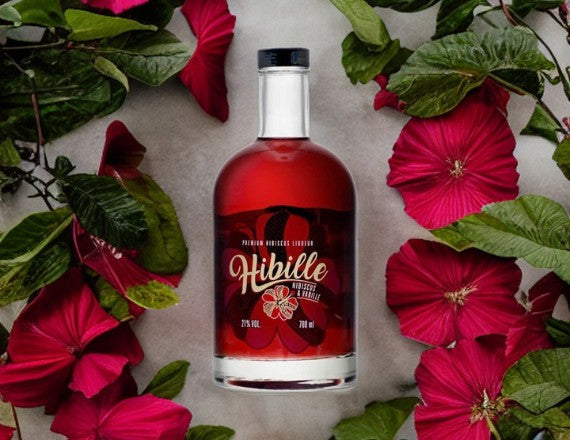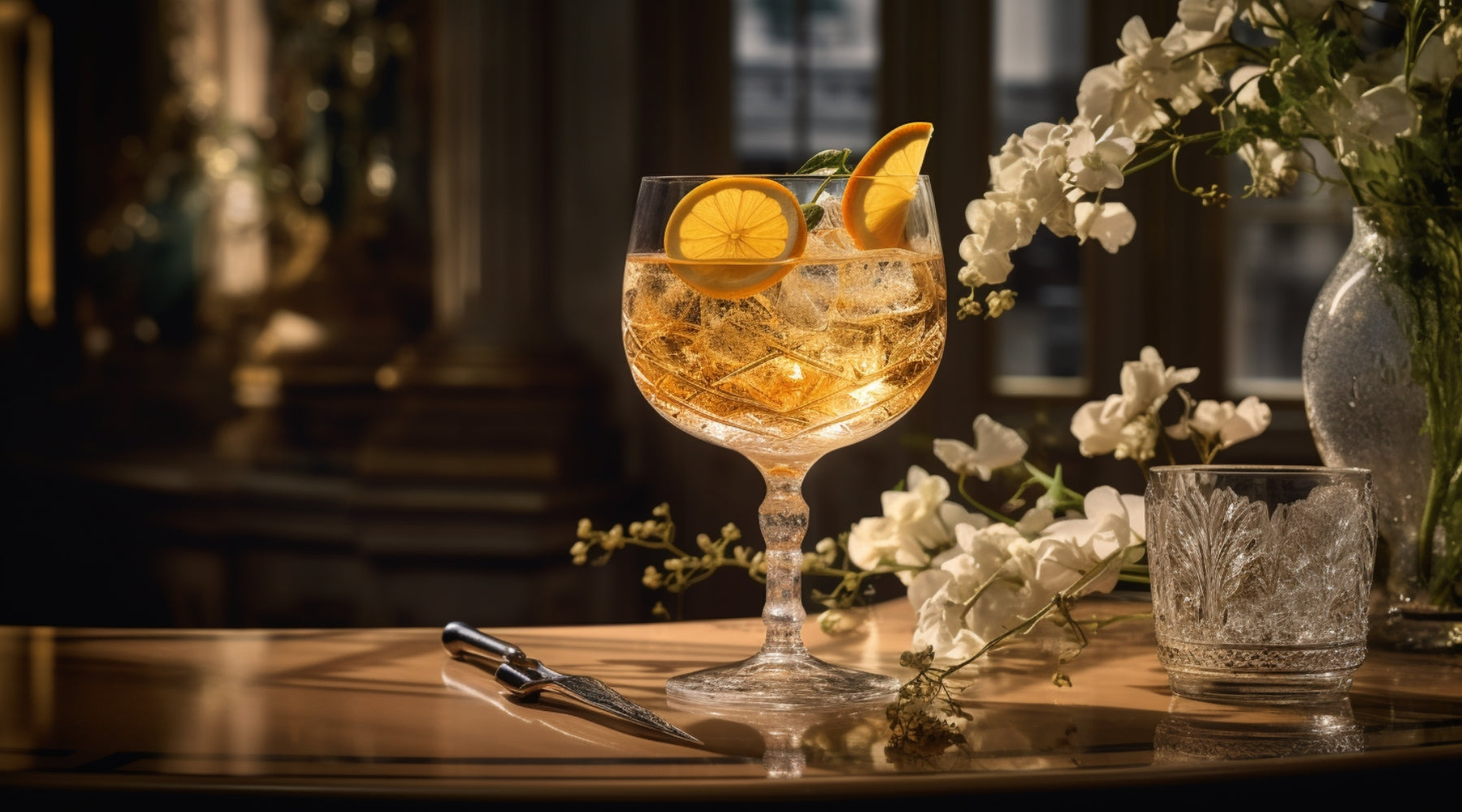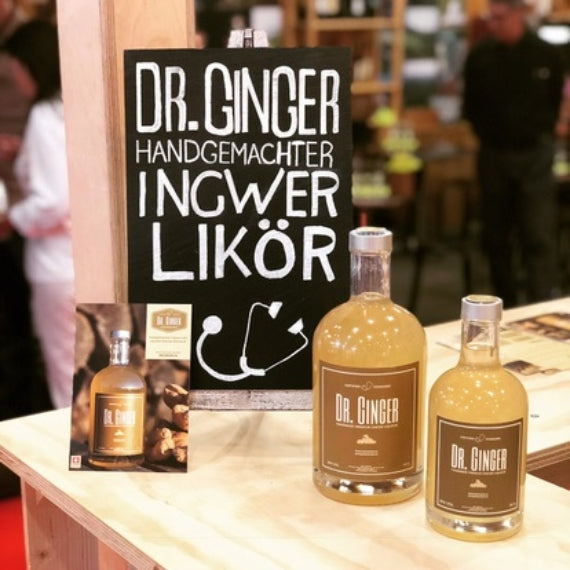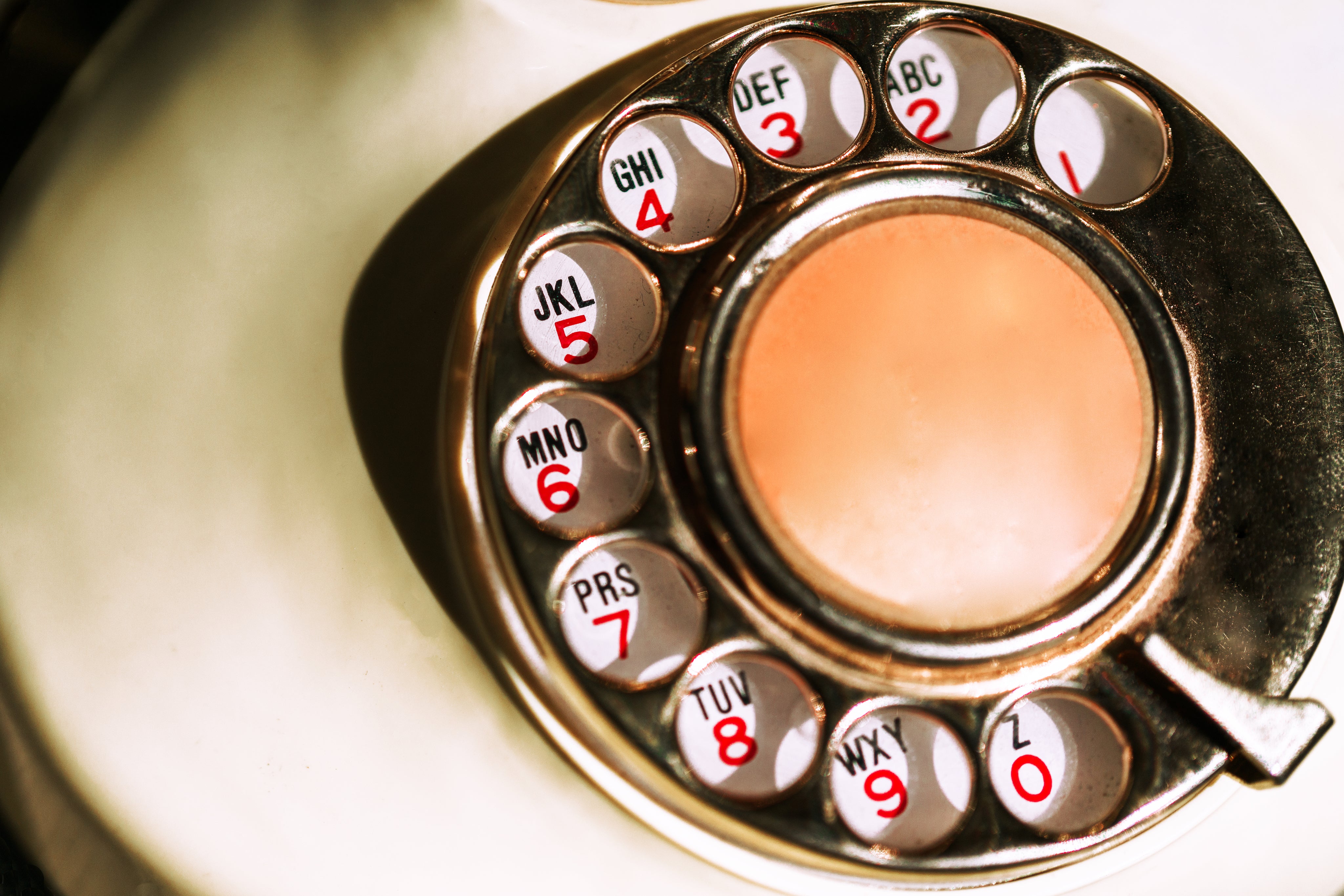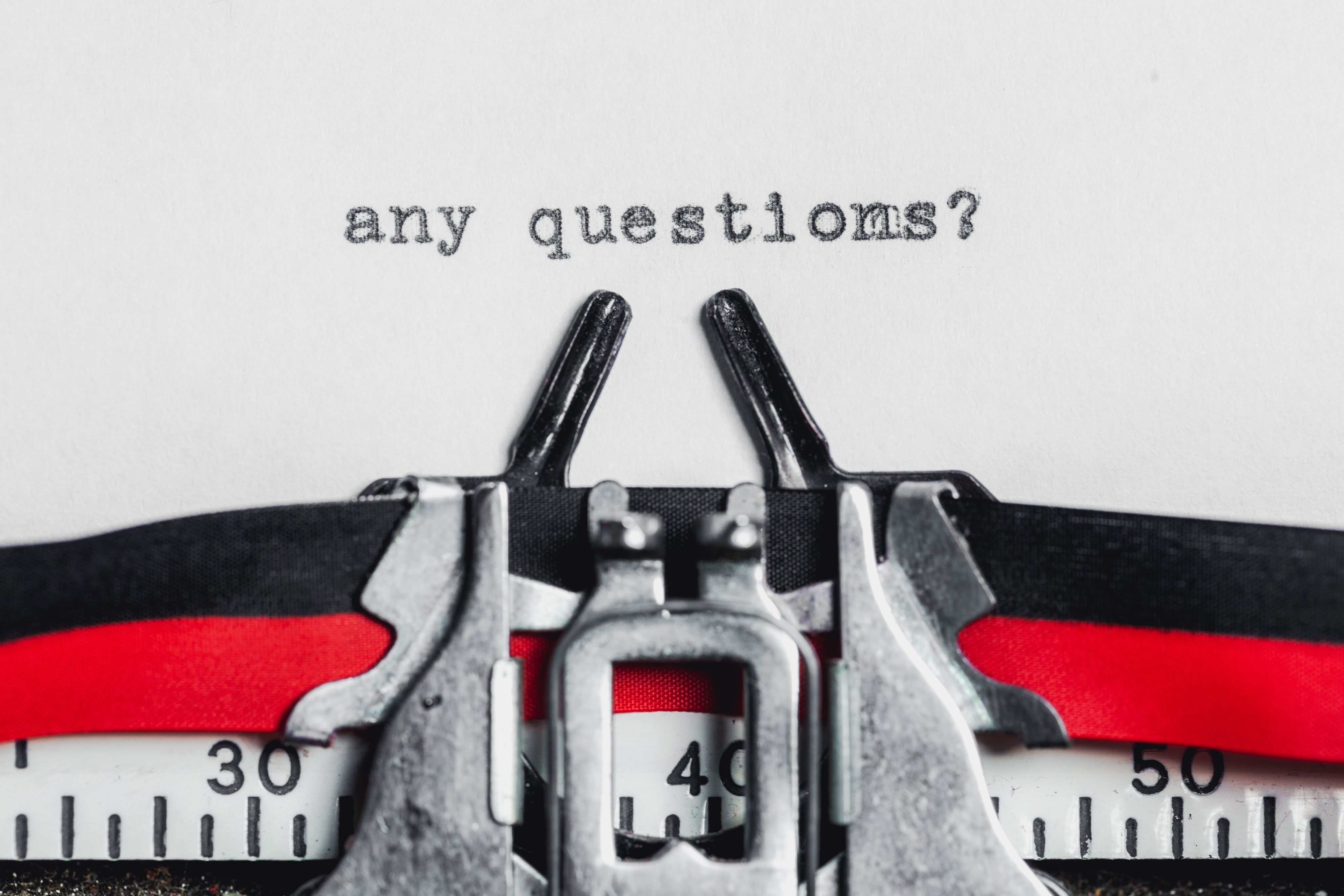
Ginger is one of the most well-known spices and medicines, also in Europe. When America had not yet been discovered and therefore there was no chili in the "Old World" and in the Orient, ginger was one of the few hot spices next to pepper. As a spice, we've lost sight of ginger a little, although it is often used, especially around Christmas, but then mostly ground into spice mixtures, for example for gingerbread or speculoos, so that it doesn't catch our eye.
In addition, ginger is often only really familiar to those who frequently cook Asian or Indian dishes. It is an indispensable spice in India, Thailand, China and almost all Southeast Asian countries. Ginger has recently been enjoying increasing popularity in Germany in a somewhat different context. After word of its healing properties got around, more and more people are drinking ginger tea. It could be good for you too. We describe why.
This jack of all trades can do all of that
The plant, of which no one knows exactly where it originated, belongs to the Cingiberaceae or ginger family. From this plant (botanical: Zingiber officinale) we only use the so-called rhizomes, these are tubers from which the actual roots branch off into the ground and the herb grows upwards, including the flowers. The rhizomes have it all. Ginger gets its sharpness from pungent substances such as gingerol. In addition, the rhizome contains essential oils, resin acids and resins, minerals such as calcium, potassium, sodium, phosphorus and iron, as well as vitamin C. The tuber also contains other secondary plant substances that have not yet been fully deciphered and their mode of action is not yet complete clarified, although ginger has been used in traditional Chinese medicine TCM for centuries. As early as the 5th / 6th century, Tao Hongjing knew what the jack-of-all-trades "can do".
Ginger has a disinfecting effect against viruses and bacteria. It promotes blood circulation, helps against nausea, vomiting and motion sickness, promotes digestion and relieves menstrual cramps. Today it is even used to support cancer therapy. The effectiveness of some plants in treating cancer is simply claimed in naturopathic medicine or folk medicine. In the case of ginger, on the other hand, this has been medically proven for several years. It is not without reason that Zingiber officinale was recently named Medicinal Plant of the Year 2018.
But although its ingredients are widely known, the reason why this particular plant has such numerous and proven positive effects is still a mystery to this day. It's interesting that you can't overdose on ginger. It is only warned against taking it during pregnancy and breastfeeding. In addition, hemophiliacs should keep their hands off it, because its active ingredients have an anticoagulant effect. It is also not advisable to take ginger continuously because you might get used to it and lose effectiveness. But that hasn't really been proven, like so much else.
How to use ginger correctly
Many people who are new to using ginger are often at a loss as to how to go about it. But it's very simple. Ginger can be used fresh or dried. However, it is generally preferable fresh because it loses most of its essential oils as it dries. You can slice the funny bulbs and snip or chop them if necessary. Or you can grate them with a not too fine-grain kitchen grater, the finer the better. This allows its ingredients to be released all the better.
In Asian cuisine, grated ginger in particular is often fried, usually together with other spices, so that its aroma is revealed in an incredibly stimulating and spicy potpourri of scents. Caution: do not heat too much; Nothing should burn. The advantage of using grated ginger is that no pieces can be felt later. That's a good thing, because coarser pieces of ginger aren't for everyone. Of course, there are people who also like that, who even nibble ginger in small slices like biscuits or chips. And then there are the ginger sticks that are pickled or candied in syrup, often covered in chocolate, that you can enjoy like candy.
In Japan you will also find wafer-thin slices of ginger pickled in a vinegar broth, which are served with sushi. Larger chunks are sometimes cooked along with galangal in Thai or other Southeast Asian dishes with the remaining ingredients to fish out and set aside before serving. Only the taste remains. As you can see, the use of ginger is completely simple.
The question of all questions: to peel or not
Whether or not you should peel ginger depends on a single criterion, whether you're using conventionally grown or organic ginger. With conventional ginger from the supermarket or from a stand at a weekly market, you should definitely remove the peel. Organic ginger, on the other hand, should not be peeled. As with apples, some beneficial and healthy substances may reside in or just under the skin.
Simply peel the ginger - preferably using the spoon position
Many people have a hard time peeling ginger at first. There are four options:
- use a sharp, pointed kitchen knife
- work with the peeler
- Grate with the kitchen grater mentioned
- or scrape off with a spoon.
Because the sharp tubers have grown together so strangely, you can hardly or not at all get between the individual parts of the tubers with the vegetable peeler. So you have to break them apart. The problem is that the individual parts are getting smaller and smaller and thus more and more difficult to peel.
It is similar with the grater. When using a kitchen knife, the loss of material is also too great. You want the ginger in the pot and not most of it in the compost.
A teaspoon has proven to be the simplest tool for peeling ginger. It sounds strange at first, but once you try it, you'll see that it's true. Hold the spoon like you hold the peeler when peeling potatoes. Scrape with the edge of the spoon - the shells are gone, as thin as if they had been cleaned off with a vegetable peeler.
Ginger tea and ginger water - a pleasure
Ginger is an excellent ingredient for drinks. In England this has been known for a long time. Good old ginger ale may have gone out of fashion, but homemade ginger lemonade is becoming more popular. But above all - and it is even easier to make - ginger tea is becoming increasingly popular. The following recipes:
Simple ginger tea
Place a handful of thinly sliced ginger in a saucepan. Douse with boiling water. Leave for at least ten minutes. Drain (preferably through a tea strainer). Sweeten with brown sugar or honey, if you like.
Spiced Ginger Tea
Pour boiling water over a handful of thinly sliced ginger and a few mint leaves. Leave for at least ten minutes. Add a squeeze of lemon juice, sweeten to taste (see above).
The "hammer" among the ginger teas
You will rarely find this recipe, possibly only from Dr. ginger:
Pour at least a liter of water over a handful of thinly sliced ginger in a large saucepan and bring to the boil. Caution: When the water boils, it foams incredibly violently due to the ginger. The pot must therefore be high enough so that nothing boils over, which is easy to do. As soon as the water boils, turn the heat down and let it simmer gently for one or up to two hours. Pour in water occasionally and bring to a boil again. You will immediately notice the difference to the usual ginger teas. Drain (preferably through a tea strainer) and either enjoy pure or sweeten to taste as above.
The slightly finer version of the "Hammer"
Make the tea as above. Then add the juice of one orange and one lemon to one liter of tea. Don't let it cook! Sweeten to taste.
Ginger tea's "relative": ginger water
Ginger water is nothing more than ginger tea, except that no spices or other additives are added here.
Drink ginger tea and you'll see that you're hardly ever bothered by a cold. The tea has a preventive effect, but also soothes when "it" has already happened.
Our tip: give it a shot Dr. Ginger Add ginger liqueur to ginger tea or fill enough dr Ginger Ginger Liqueur with hot water to make a ginger punch. Bottom up!




